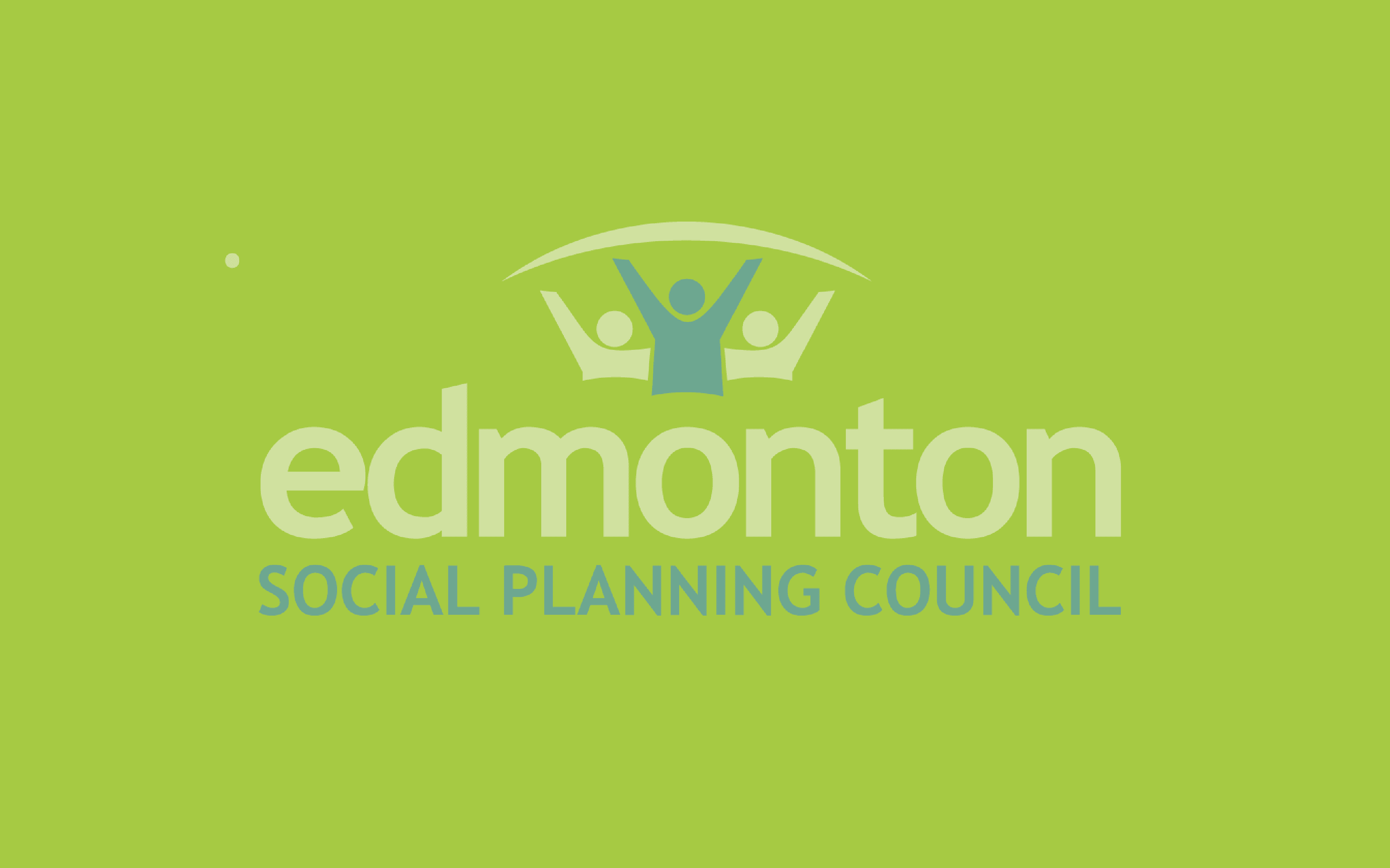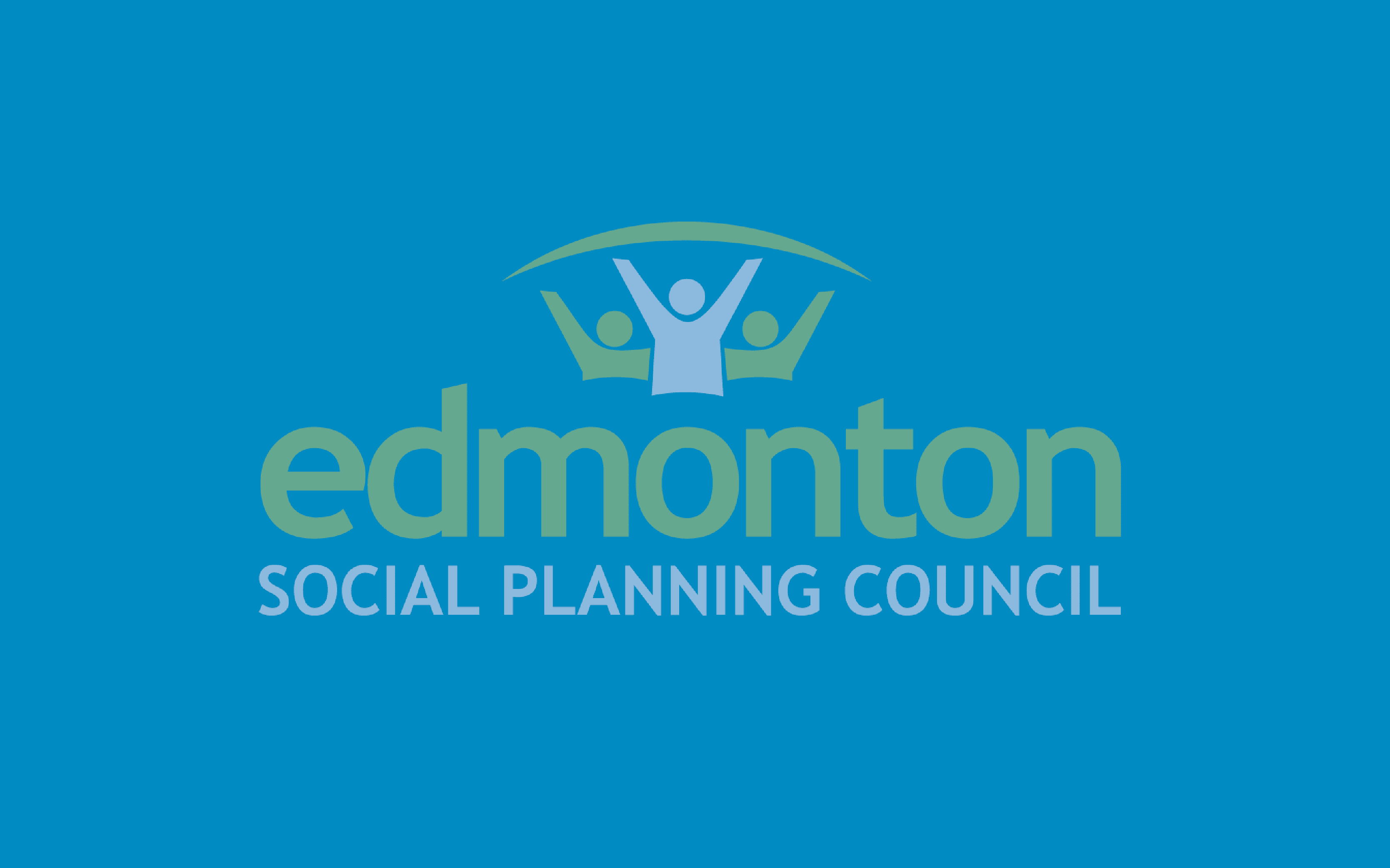Note: this is excerpted from the March 2021 edition of our “Research Update” publication. The Edmonton Social Planning Council, in collaboration with our volunteers, strive to provide stakeholders and community members with up-to-date reviews, prepared by our volunteers, on recently published social research reports and publications.
In acknowledgment of National Indigenous Peoples Day (June 21), we are re-publishing this review on the challenges of implementing the United Nations Declaration on the Rights of Indigenous Peoples in Canada, which notably the Canadian Senate recently approved a bill implementing it.
A review by Debyani Sarker
This review summarizes the essay Unfinished Business: Implementation of the UN Declaration on the Rights of Indigenous Peoples in Canada, authored by Sheryl Lightfoot, a Canada Research Chair of Global Indigenous Rights and Politics at the University of British Columbia, and published by the Institute for Research on Public Policy. The essay is based on the importance of true reconciliation between Canada and Indigenous peoples and their rights. In order to achieve this, the author considers and analyzes the need to implement the international UN Declaration on the Rights of Indigenous Peoples (UNDRIP) at a federal level.
The essay indicates that, as a global human rights standard, UNDRIP encourages states to collaborate with Indigenous peoples to eradicate the intergenerational harm and historic trauma that they’ve experienced and to prevent similar harms in the future. The protections outlined in UNDRIP touch on education, land management, social services, and economic development.
The author provides a recent example of British Columbia legislation that applies UNDRIP provincially. The legislation requires the province to establish a shared implementation plan with Indigenous peoples, including in the creation of new laws and reforms. The British Columbia law was based on a similar federal private bill that failed to pass the final legislative stage in mid 2019. The author discusses the role of politics in preventing the bill’s legislation, driven primarily by an inclination to maintain the status quo and to calculatingly deny Indigenous peoples their rights (p. 3).
The author strongly advocates for UNDRIP to be implemented federally in order to achieve reconciliation across Canada. Three of her arguments stood out convincingly in this respect.
First, the Indigenous land rights protected by UNDRIP are explicitly collective, not individual. Such collective rights are exercised in the same manner through all levels of government and for all Canadians. Thus, the implementation of UNDRIP would not introduce a different set of rights for Indigenous peoples in comparison to other Canadians.
Second, Indigenous rights have been considered sui generis, or inherently distinct, from rights bestowed on other Canadians. Indigenous rights—be it treaty or title rights—differ in application from the rights of all Canadians, which ensures substantive equality in relieving historic discrimination. Thus, any possible differences between the rights of Indigenous peoples and other Canadians, resulting from UNDRIP’s implementation, would not necessarily be unwarranted.
Third, Canadian courts frequently cite UNDRIP when interpreting domestic legal obligations. But at the same time, the author expresses concerns over relying primarily on courts to recognize Indigenous rights, which can often be burdensome for Indigenous individuals and Canada in general. This last point clearly addresses the issue of access to justice for Indigenous peoples, an additional hurdle communities experience to claim protections to which they are entitled within the international human rights framework. However, the author could have further discussed how UNDRIP is treated in Canadian judicial interpretation.
UNDRIP does not create legally binding obligations to the Government of Canada, as it has not been ratified legislatively. Practically, this implies that when UNDRIP is used by Canadian courts to interpret domestic legal obligations, the UNDRIP framework can only be persuasive in an interpretation, not determination, exercise. As such, UNDRIP is given very limited weight compared to other international instruments that Canada has formally ratified. Thus, even if courts are the primary means through which UNDRIP is implemented, the extent of such implementation is contextually dependent on the nature of litigation and is usually not very farreaching due to greater emphasis placed on other legally binding instruments. The author’s position regarding the limited implementation of UNDRIP in Canada would have been more compelling if such points were addressed.
Without federal implementation of UNDRIP, modest provincial applications and judicial considerations will achieve little in terms of widespread reconciliation with Indigenous peoples—which many Canadians genuinely yearn for. The issue has been clearly and adequately encapsulated by the author in this essay. Federal implementation of UNDRIP will irrefutably protect Indigenous peoples’ rights and help create more inclusivity in Canada.
PUBLICATION SOURCE:
Lightfoot, S. (2020). Unfinished business: Implementation of the UN Declaration on the Rights of Indigenous Peoples in Canada, Essay no. 3. Institute for Research on Public Policy. https://centre.irpp.org/wpcontent/uploads/sites/3/2020/09/Unfinished-Business-Implementation-of-the-UN-Declaration-on-the-Rightsof-Indigenous-Peoples-in-Canada.pdf
GET TO KNOW OUR VOLUNTEER:
Debyani Sarker is a second-year law student in the Faculty of Law, University of Alberta. Debyani is specializing in criminal law, and currently works as a legal researcher for a Calgary criminal defence firm. When free, Debyani enjoys indoor exercise, cooking, and learning Indian classical music.
[/et_pb_text][/et_pb_column][et_pb_column type=”1_4″ _builder_version=”4.7.4″ custom_padding=”0px|20px|0px|20px|false|false” border_color_left=”#a6c942″ custom_padding__hover=”|||”][et_pb_testimonial author=”Posted by:” job_title=”@ET-DC@eyJkeW5hbWljIjp0cnVlLCJjb250ZW50IjoicG9zdF9hdXRob3IiLCJzZXR0aW5ncyI6eyJiZWZvcmUiOiIiLCJhZnRlciI6IiIsIm5hbWVfZm9ybWF0IjoiZGlzcGxheV9uYW1lIiwibGluayI6Im9uIiwibGlua19kZXN0aW5hdGlvbiI6ImF1dGhvcl93ZWJzaXRlIn19@” portrait_url=”@ET-DC@eyJkeW5hbWljIjp0cnVlLCJjb250ZW50IjoicG9zdF9hdXRob3JfcHJvZmlsZV9waWN0dXJlIiwic2V0dGluZ3MiOnt9fQ==@” quote_icon=”off” portrait_width=”125px” portrait_height=”125px” disabled_on=”on|off|off” _builder_version=”4.7.7″ _dynamic_attributes=”job_title,portrait_url” _module_preset=”default” body_text_color=”#000000″ author_font=”||||||||” author_text_align=”center” author_text_color=”#008ac1″ position_font=”||||||||” position_text_color=”#000000″ company_text_color=”#000000″ background_color=”#ffffff” text_orientation=”center” module_alignment=”center” custom_margin=”0px|0px|4px|0px|false|false” custom_padding=”32px|0px|0px|0px|false|false”][/et_pb_testimonial][et_pb_text disabled_on=”on|off|off” _builder_version=”4.7.7″ _dynamic_attributes=”content” _module_preset=”default” text_text_color=”#000000″ header_text_align=”left” header_text_color=”rgba(0,0,0,0.65)” header_font_size=”20px” text_orientation=”center” custom_margin=”||50px|||” custom_padding=”48px|||||”]@ET-DC@eyJkeW5hbWljIjp0cnVlLCJjb250ZW50IjoicG9zdF9jYXRlZ29yaWVzIiwic2V0dGluZ3MiOnsiYmVmb3JlIjoiUmVsYXRlZCBjYXRlZ29yaWVzOiAgIiwiYWZ0ZXIiOiIiLCJsaW5rX3RvX3Rlcm1fcGFnZSI6Im9uIiwic2VwYXJhdG9yIjoiIHwgIiwiY2F0ZWdvcnlfdHlwZSI6ImNhdGVnb3J5In19@[/et_pb_text][/et_pb_column][/et_pb_row][/et_pb_section]



